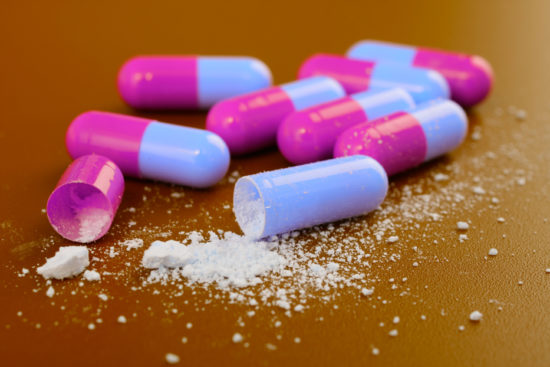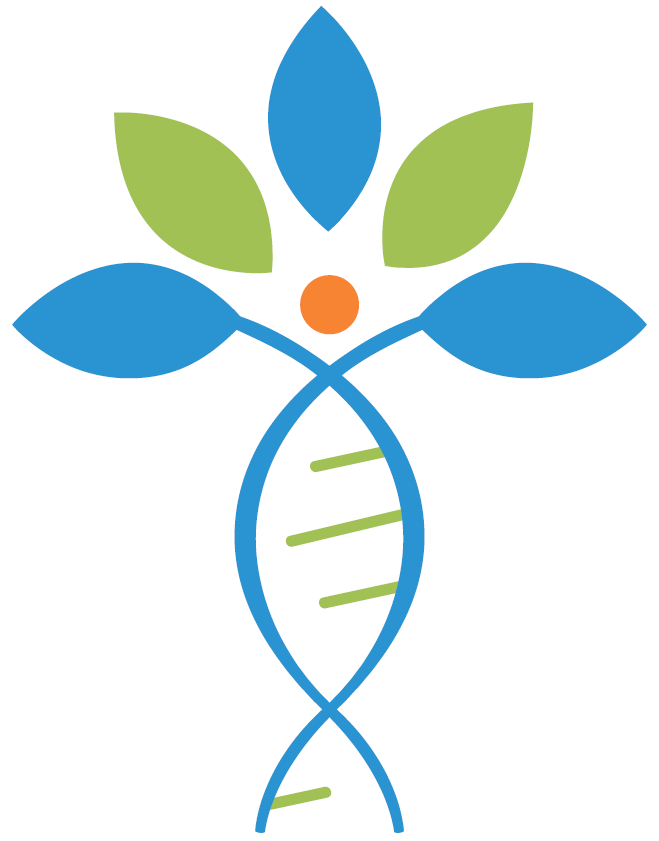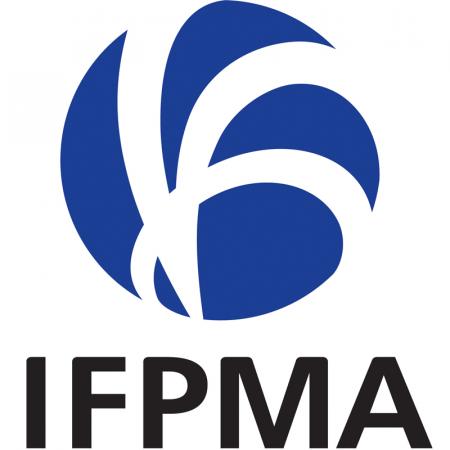The next pandemic: antimicrobial resistance
Antibiotics are substances that kill or inhibit the growth of bacteria, and are at the heart of our defences against a range of bacterial infections that would otherwise be untreatable. They enable the safe and effective treatment of many infectious diseases, especially those requiring hospitalisation where the risk of infection is increased. They have contributed to extending the average human lifespan over the past 60 years and to simultaneous economic growth over that same period.
However, the golden age of antibiotics is under threat. Bacteria can defend themselves against antibiotics by mutating or acquiring new genes and becoming resistant to antibiotics. This is known as antimicrobial resistance, or AMR. We face a looming public health crisis and possibly another pandemic—currently an ‘invisible pandemic’—as a consequence of rapidly accelerating AMR and decreased investment by pharmaceutical companies in new antibiotic discovery. The World Health Organization has declared AMR one of the top 10 global health issues needing attention. While this article focuses on antibiotic-resistant bacteria, there are also issues with drug resistance in viruses, malaria parasites and fungi.
AMR NEWS
Your Biweekly Source for Global AMR Insights!
Stay informed with the essential newsletter that brings together all the latest One Health news on antimicrobial resistance. Delivered straight to your inbox every two weeks, AMR NEWS provides a curated selection of international insights, key publications, and the latest updates in the fight against AMR.
Don’t miss out on staying ahead in the global AMR movement—subscribe now!







